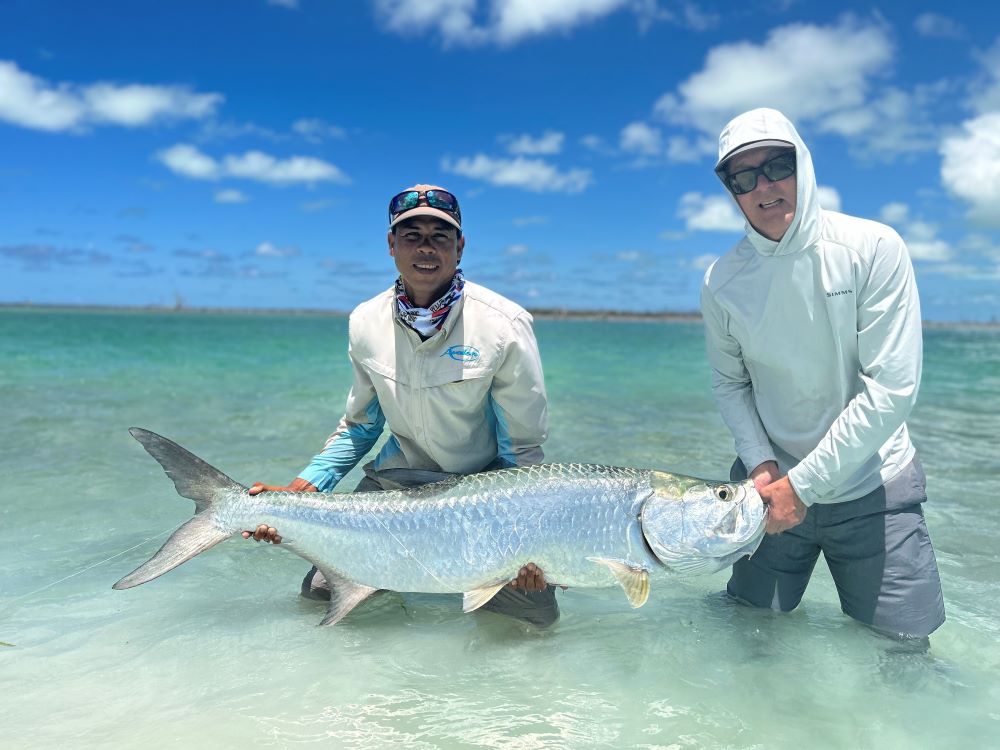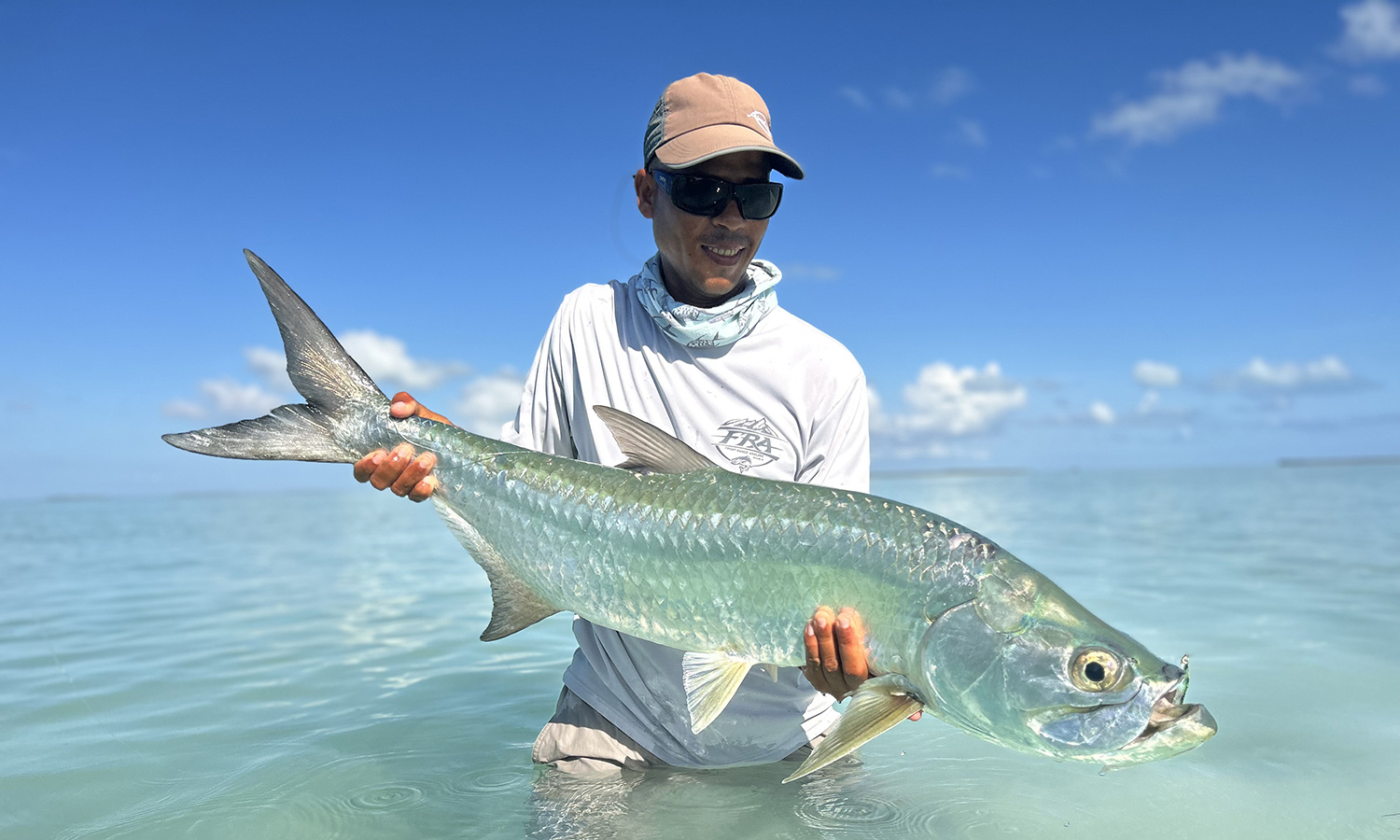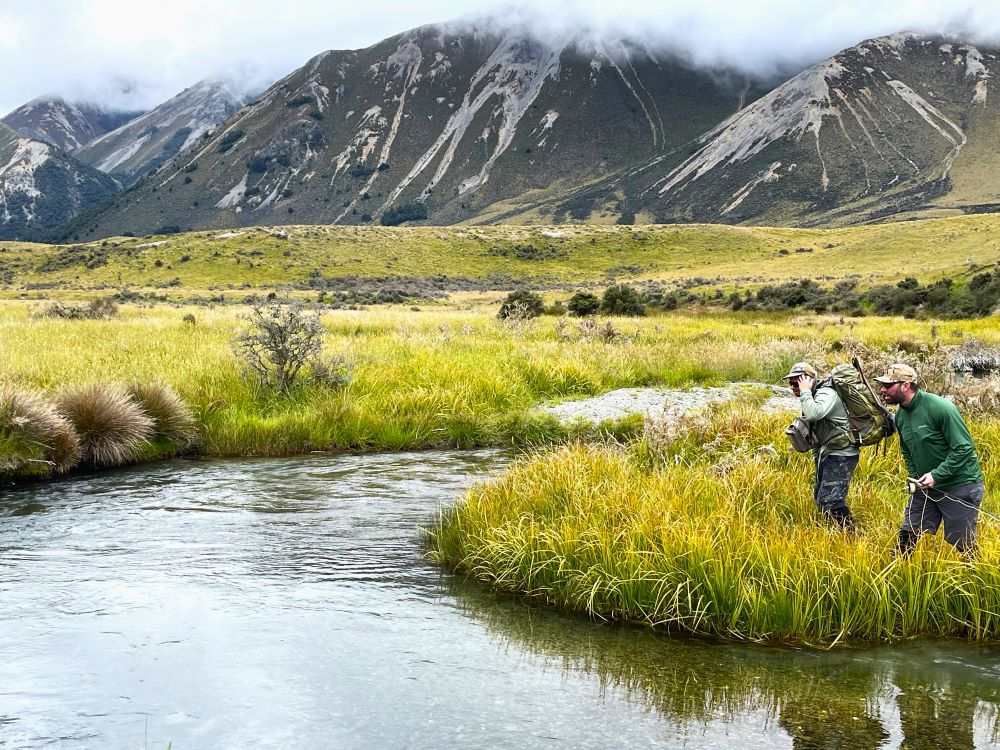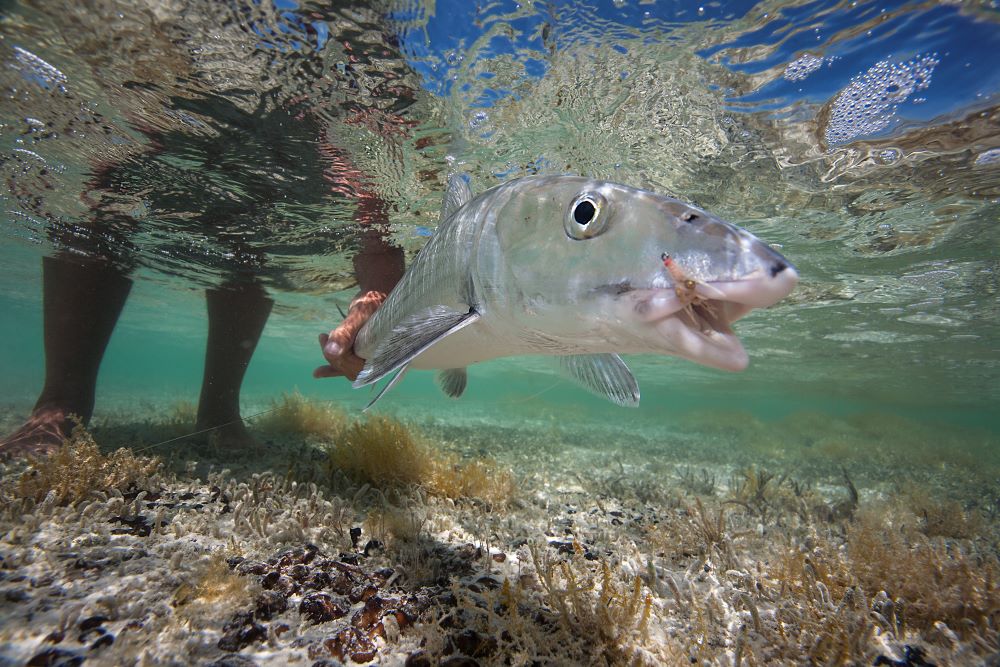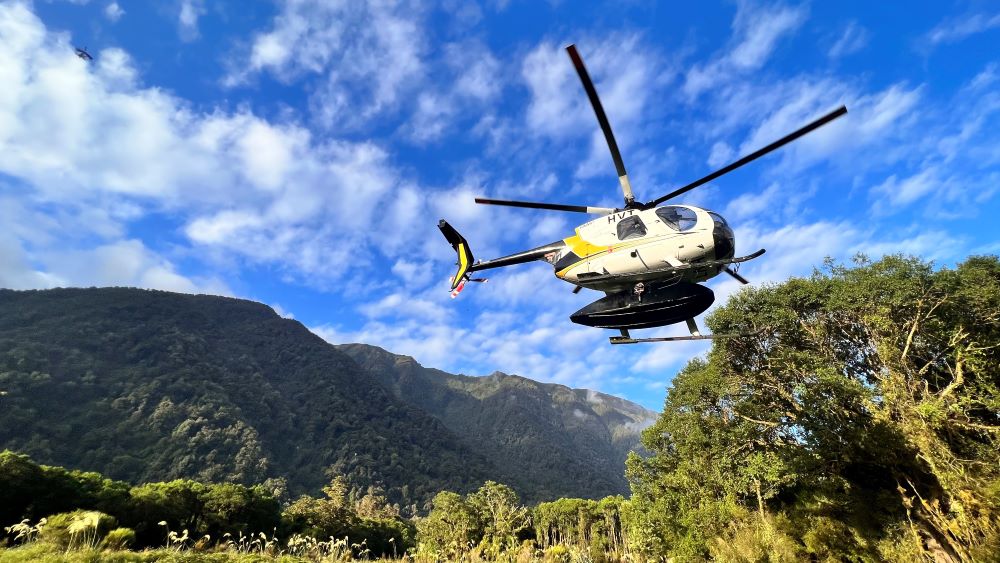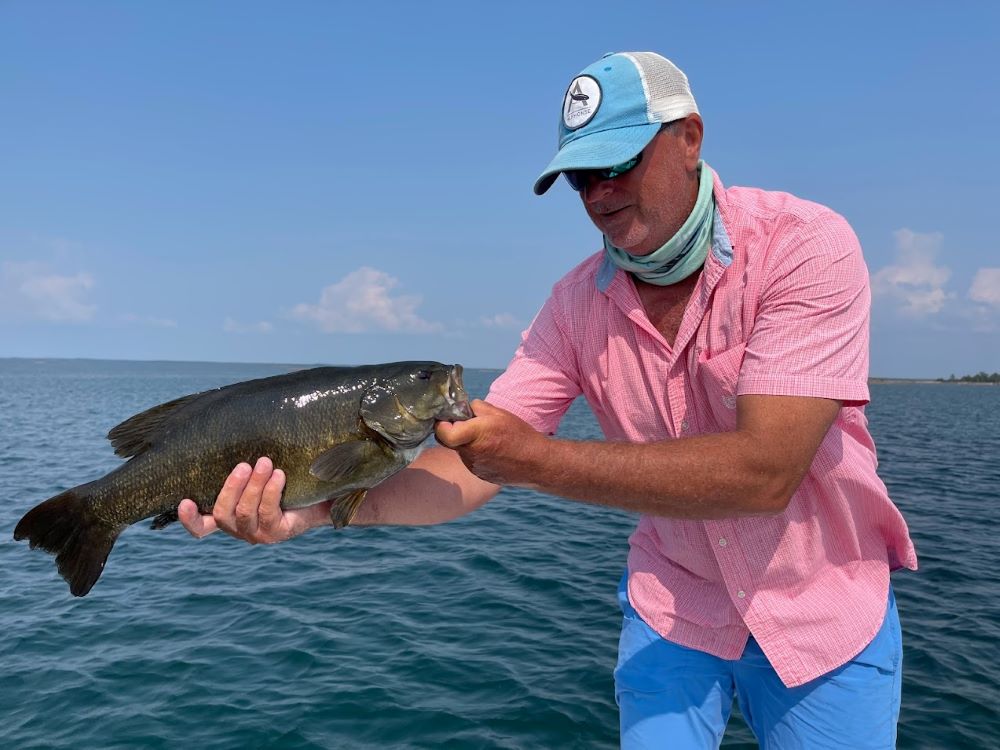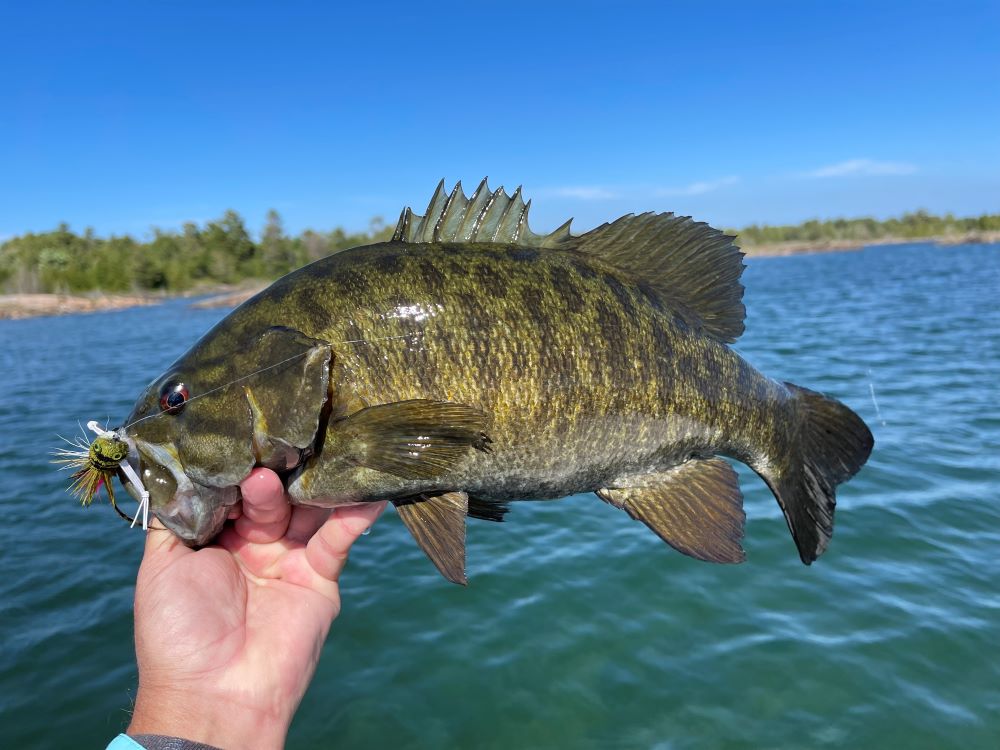Working With Your Lodge Guide Part 2
When anglers and their guide work together, it’s a thing of beauty. And the best way to ensure this, is to be as inclusive as is possible with your guide. When I’m on the water, I’m always looking to learn and get better and for me, this means asking questions of my guide. Not only do I learn new things by asking questions, but doing so also gets the guide immediately involved and participating, well befire the first cast is made.
NEW ZEALAND – SOUTH ISLAND HELI TRIP – JANUARY 2025
Without question my favorite trip of the year and usually half filled with repeat guests who have done this trip multiple times.
Cayo Romano Cuba – May 2024
If you love fly fishing the salt and still have not fished Cayo Romano, it is an absolute must experience fishery. The species diversity is as good as anywhere I know of in the Caribbean, particularly since the explosion of the snook population at Romano over the past few years.
Working With Your Lodge Guide Part 1
Guiding at the lodge you are fishing from is such an important piece of your trip puzzle and it can absolutely make or break your entire experience. Regardless of your skill level, weather, and or cooperation of the fish you are chasing, the communication and interaction with your guide during the course of the fishing day is going to be fundamental to your success.
HOW BONEFISH USE TIDES
Bonefish are experts at using the tides to their advantage, which allows them to maximize their benefits in the tradeoff between feeding and avoiding predators. I guess you’d expect this from bonefish – they’ve been perfecting this for millions of years. Like many predators, bonefish try to get away with as little travel as possible in their search for a meal. There is no reason for them to expend energy swimming long distances if there is no need
Packing For A Helicopter Fishing Day In New Zealand Part 2
It may sound a bit extreme, but I tell all guests to pack for a helicopter day as though you are going to be overnighting on the river. I say this because when fishing in remote mountainous areas, the weather can change very quickly.
Heli Fly Fishing Part 1
The integration of helicopters into fly-fishing culture in places like Bolivia, Spain and New Zealand has been a truly welcome addition to the sport. The use of helicopters to access more remote and productive rivers and streams has enabled anglers to get deep in to the back country, without the arduous grind of hiking through thick bush and over big mountains just to get to the river.
Your Bonefish Fly Box
As we move through the fall and our fly boxes stuffed with Parachute Adams and Pheasant Tail Nymphs are being opened less frequently, my thoughts turn to the saltwater game and the excellent bonefishing available throughout the Caribbean as the warm waters on the flats start to cool down after the long hot summer. I love bonefishing in the mid to late fall and often land my biggest fish of the year during this time frame.
Topwater Smallmouth Bass Part 2
Where I fish for smallmouths in the Great Lakes, I’m looking for the kind of structure that will draw and hold fish during the warm summer months. Early summer I’m looking for transitions zones where bass are feeding and congregating post spawn, on their way to their summer feeding grounds. Mid to late summer I’m looking for any kind of structural anomalies, like ledges, points, and drop offs, with easy access to deeper water. Smallmouth Bass are the ultimate ambush predators so finding structure is going to be the key to successfully finding and targeting smallies with a fly rod.
Topwater Smallmouth Bass Part1
If there was ever a species that appeared to be intentionally designed to be fished with a light weight fly rod, it is the Smallmouth Bass. Once hooked, it’s aerial acrobatics display is often spectacular and pound for pound, the Smallmouth Bass dwarfs the strength of its cousin, the Largemouth Bass.

